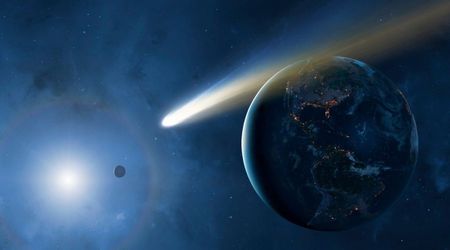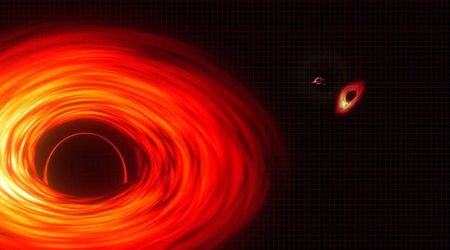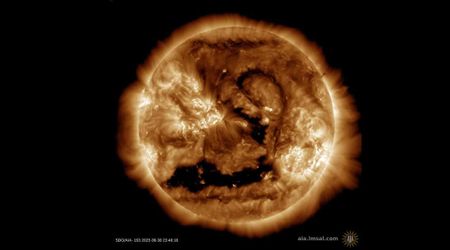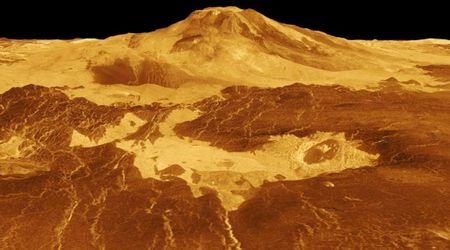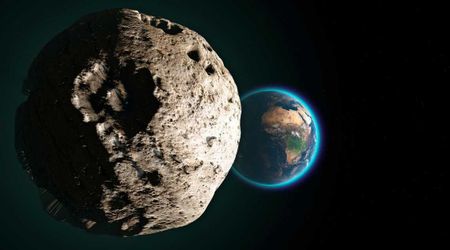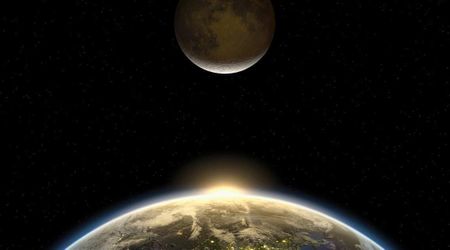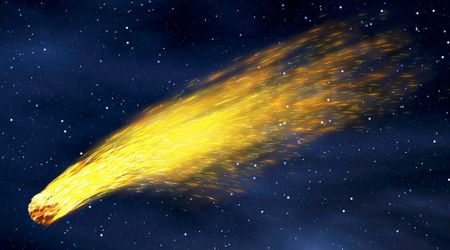Earth is predicted to spin faster than usual on three specific dates in July and August

Earth is poised for another period of exceptionally rapid rotation this summer, with scientists predicting notably shorter days around July 9, July 22, and August 5, 2025. This continues a trend observed since 2020, where the planet has consistently set new records for its quickest rotations, as per Time and Date.

Our planet, while generally a precise clock, exhibits minute fluctuations in its spin. A standard day measures 86,400 seconds. However, highly accurate atomic clocks, introduced in the 1950s, have revealed millisecond-level variations, quantified as Length of Day (LOD). A negative LOD indicates a day shorter than the 24-hour average. Projections for 2025 indicate notably swift rotations. Predicted values for 2025 are -1.30 ms on July 9, -1.38 ms on July 22, and -1.51 ms on August 5.
The precise dates for these accelerated rotations in 2025 are linked to the Moon's orbital position. Earth spins more rapidly when the Moon is significantly north or south of the equator. The predicted dates align with periods when the Moon will be near its maximum distance from Earth's equator. The underlying cause of this sustained acceleration remains a puzzle for the scientific community. Leonid Zotov, a leading expert on Earth's rotation at Moscow State University, expressed surprise at the phenomenon. "Nobody expected this,” Zotov stated. “The cause of this acceleration is not explained.”

While a complex interplay of factors, including Earth's core, oceans, and atmosphere, influences long-term rotational variations, current models involving only oceans and atmosphere do not fully account for this significant acceleration. Most scientists suspect the answer lies within the Earth's interior. Despite earlier indications of a potential deceleration, the planet's continued speed-up presents an ongoing scientific enigma.
These subtle shifts in rotation highlight the dynamic nature of Earth — the only known planet in our solar system to host liquid water on its surface. Though it's the fifth-largest planet overall, Earth stands as the biggest of the four inner, rocky planets. Interestingly, its name, unlike those of other planets, doesn't originate from Greek or Roman mythology; it derives from Old English and Germanic words meaning "the ground," according to NASA.

Earth completes one rotation, defining a day, approximately every 23.9 hours. A full revolution around the Sun takes 365.25 days. This fractional quarter-day necessitates a leap day every four years to keep our calendar aligned with the orbital period, resulting in a leap year. Furthermore, Earth's axial tilt of 23.4 degrees is crucial for the existence of our seasons. This tilt means that as Earth orbits the Sun, different hemispheres are tilted towards or away from the Sun at various times of the year, leading to variations in solar heating and, consequently, our distinct seasonal changes.
Crucially, enveloping our planet is an atmosphere, a vital layer composed primarily of 78% nitrogen, 21% oxygen, and 1% other gases like argon, carbon dioxide, and neon. This atmospheric blanket is indispensable for sustaining life, playing a dual role in shaping both long-term climate patterns and daily local weather. Beyond regulating temperature, the atmosphere acts as a critical shield, protecting Earth's surface from harmful solar radiation and largely incinerating incoming meteoroids.
